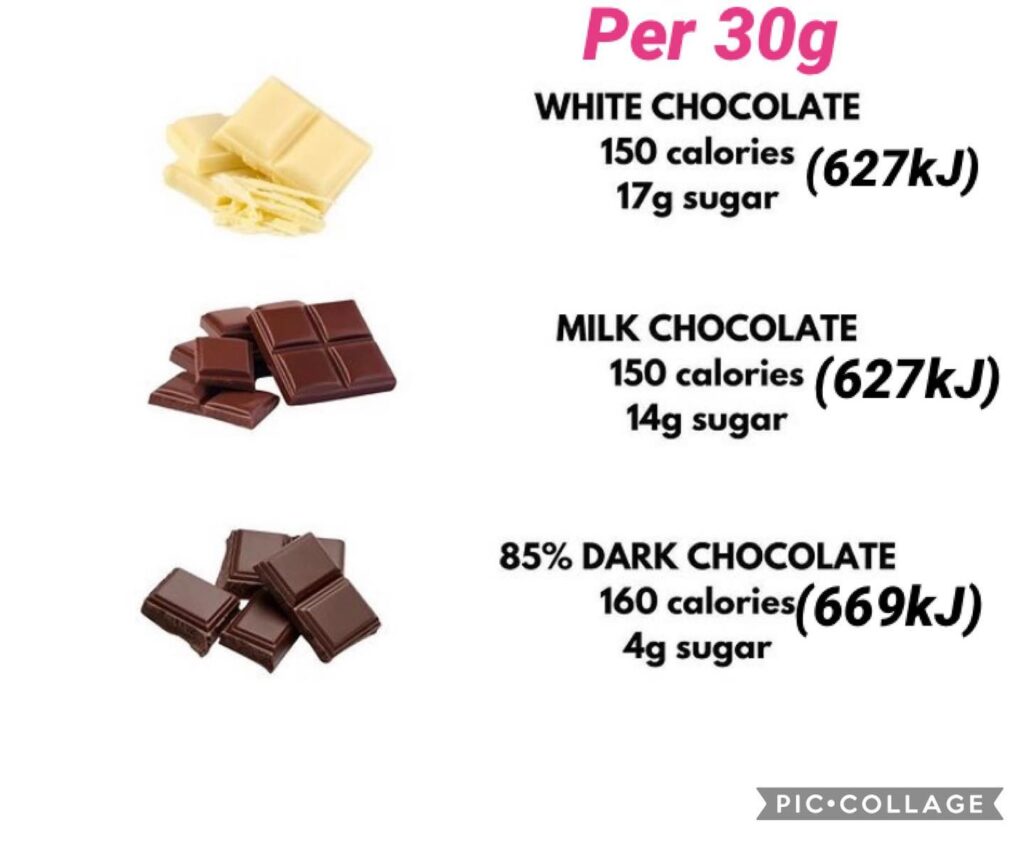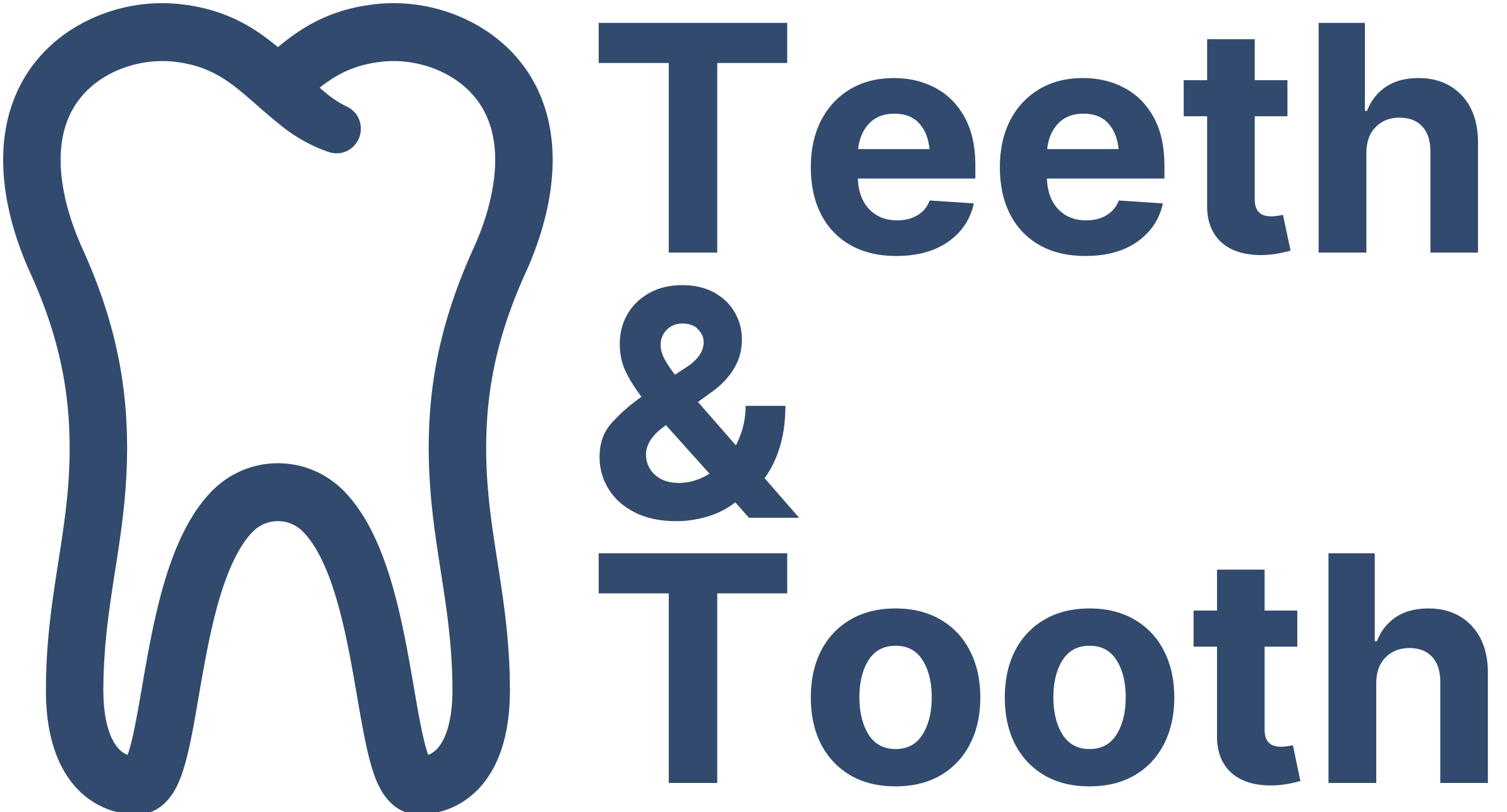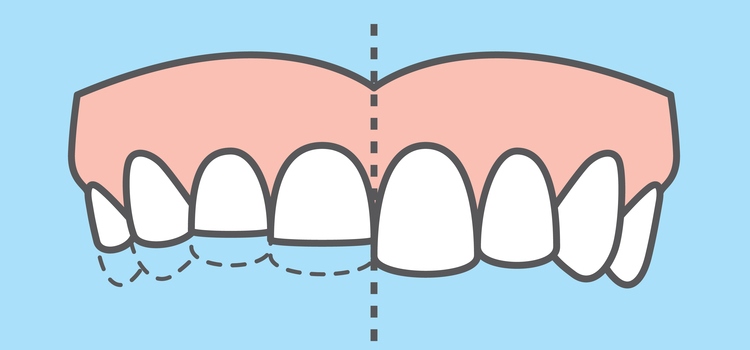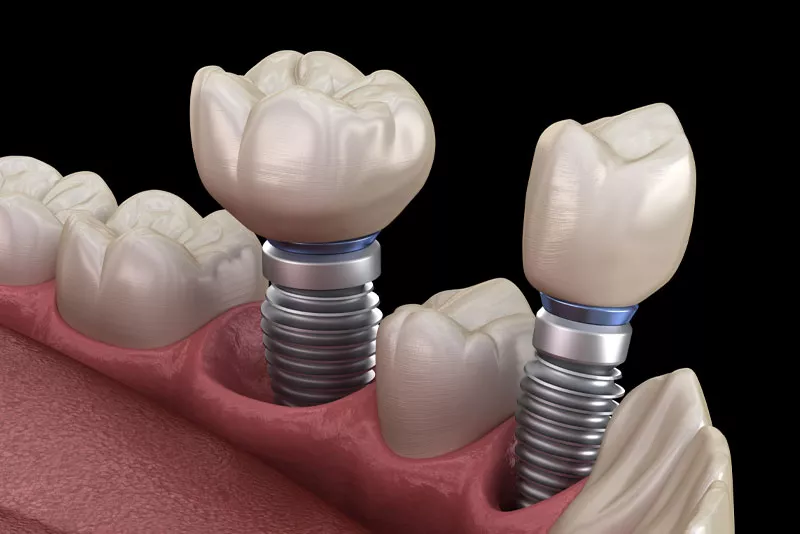
Attention all chocolate lovers! We all know the irresistible allure of a velvety piece of chocolate melting in our mouths, but have you ever stopped to consider the effect this sweet indulgence might have on your teeth?
I’m sure we all know about the potential health benefits of chocolate, particularly dark chocolate, there’s a less-discussed aspect we should be aware of: the potential for chocolate to stain our teeth! The question we are all curious is, does chocolate stain our teeth?
The answer is a definite YES, chocolate does cause discoloration in your teeth! And this is due to the presence of pigments and tannins found in chocolate, specifically dark chocolate, which has a higher concentration of cocoa solids.
But don’t fret just yet – with a little bit of knowledge and care, you can still enjoy your chocolate without worrying about unsightly stains. In the rest of this article, we’ll explore the science behind why chocolate stains teeth, and offer some tips on how to prevent it. So grab a piece of chocolate and keep reading to learn more!
What Are the Ingredients in Chocolate?
Chocolate is a beloved treat that has been around for centuries. It is often enjoyed as a dessert, but can also be used to add flavor and sweetness to savory dishes.
As many of you may know, chocolate is made from cocoa beans, which are the seeds of the cacao tree. The beans are roasted, ground, and processed to make cocoa powder, which is then used to make chocolate. It also contains caffeine, theobromine, phenylethylamine and antioxidants such as flavonoids. Cocoa powder and dark chocolate have high levels of flavonoids, which are beneficial for heart health.
However, most big-brand chocolate bars we see in the supermarket aisles are heavily processed to ensure tastiness and a long shelve life. These are some common ingredients found in most chocolate bars:
- Cocoa solids: Cocoa solids are the primary component of chocolate and are derived from cocoa beans. They provide the characteristic chocolate flavor and color. The percentage of cocoa solids in a chocolate bar determines the type of chocolate – dark, milk, or white.
- Cocoa butter: Cocoa butter is a natural fat extracted from cocoa beans. It is responsible for the smooth, creamy texture of chocolate and helps it melt at body temperature.
- Sugar: Sugar is added to chocolate to balance the bitter taste of cocoa solids. The amount of sugar varies depending on the type of chocolate. Dark chocolate typically has less sugar than milk or white chocolate.
- Milk powder: Milk chocolate contains milk powder, which is made by evaporating milk and then converting it into a powder. This ingredient gives milk chocolate its creamy texture and lighter color.
- Emulsifiers: Emulsifiers, such as lecithin (often derived from soy or sunflower), are added to chocolate to improve its texture and consistency. They help to blend the cocoa solids, cocoa butter, and other ingredients, creating a smooth and stable product.
- Vanilla: Vanilla is often used as a flavor enhancer in chocolate bars, adding a subtle aroma that complements the chocolate flavor.
- Additional flavorings or inclusions: Many chocolate bars also include other flavors or ingredients, such as nuts, fruits, spices, caramel, or nougat. These add-ons can provide a unique taste and texture to the chocolate.

In general, milk chocolate are less healthy as they contain higher amount of sugar and milk than its dark chocolate counterparts. However, it is well-loved by chocolate lovers due to its sweetness and milky taste. In contrast, dark chocolate, which have a cocoa percentage of between 60 and 99%, making it bitter and less appealing to the palate of most people.
How Chocolate Stains Teeth?
Chocolate can stain teeth due to the presence of certain pigments and compounds found in cocoa solids, especially in dark chocolate. There are three different ways chocolate can cause staining of the teeth:
Firstly, it is due to the porosity of the tooth enamel. The tooth enamel, the outermost layer of teeth, is porous, which means that it has microscopic openings that can absorb pigments and staining substances. Dark chocolate contains pigments that can penetrate these pores and adhere to the enamel, leading to discoloration over time. Additionally, chocolate also contains tannins, a form of acidic polyphenols that can cause staining by binding to the chromogens. When chromogens and tannins are found together, the probability of teeth stains is increased as the latter greatly enhances the ability of the former to stick to the enamel.
You may be interested in: Are Teeth Stronger Than Bones?
Secondly, chocolate contains sugar, which can contribute to the formation of plaque, a sticky film of bacteria that accumulates on teeth. Plaque can harden into tartar, which is more difficult to remove and can cause staining and discoloration. The pigments in chocolate can also adhere to plaque and tartar, increasing the risk of staining.
Last but not least, the high sugar content of chocolate creates an acidic environment in the mouth, which can weaken the enamel and make it more susceptible to staining.
The extent of staining caused by chocolate will depend on a variety of factors, including the frequency and amount of chocolate consumption, oral hygiene habits, and individual variations in tooth enamel porosity and color.
Can Chocolate Causes Tooth Decay?
Yes, chocolate can contribute to tooth decay, primarily due to its sugar content. It is a given that most big-brand chocolate bars contains high amount of sugar.
When these sugar are lodged in the nooks and crannies of your teeth, they create a conducive environment for bad bacteria to thrive. These bad bacteria produces acid, which attacks and breaks down the tooth enamel. Eventually, cavities are formed on the tooth, leading to tooth decay.
However, it’s important to note that not all chocolate is created equal when it comes to tooth decay risk. Dark chocolate contains less sugar and higher cocoa content, making it less likely to cause tooth decay than milk chocolate or white chocolate. Some studies suggest that the presence of polyphenols and flavonoids in dark chocolate may help protect against tooth decay and gum disease.
How to Reduce the Impact of Chocolate?
For chocolate lovers out there, we understand that it is virtually impossible to stop eating chocolate. However, there are several habits you can form to reduce the impact of chocolate on your teeth:
- Brush and floss regularly: Brush your teeth twice a day and floss at least once a day to remove any traces of chocolate and sugar that can help bacteria thrive.
- Rinse your mouth: An easier alternative to brushing is to rinse your mouth with water or mouthwash immediately after having chocolate. This helps to swish away any residual sugar and chocolate particles that may be lingering in your mouth. It can also help neutralize the mouth’s pH level and prevent acid production.
- Eat chocolate in moderation: Eating chocolate in moderation can help to limit the amount of sugar and acid that comes into contact with your teeth. For starters, cut down the amount of chocolate you consume in each setting. Then, reduce the frequency of your consumption.
- Choose dark chocolate: Dark chocolate contains less sugar and more cocoa than milk chocolate, which can make it less harmful to teeth. They also contain higher concentration of polyphenols, an anti-oxidant that protect your cells against free radicals and reduces the chances of cancer. Additionally, chocolate contains theobromine, a molecule that aids the remineralization of the tooth enamel.
- Consume your chocolate all at once: Instead of nibbling on a chocolate bar throughout the day, consume it all in one sitting. This reduces the amount of time that your teeth is exposed to sugar and hence opportunity for bad bacteria growth.
- Use a straw: If you’re drinking a chocolate beverage, using a straw can help to reduce the amount of sugar and acid that comes into contact with your teeth.
Takeaway
As we’ve explored in this blog post, the truth about chocolate and its potential impact on tooth staining is a bit of a mixed bag. It is clear that the pigments in chocolate can penetrate the porous enamel of our teeth and cause staining. The presence of high amount of sugar can also cause the enamel to breakdown, leading to cavities.
However, it does not mean that one should avoid chocolate. Opting for dark chocolate with a high cocoa content not only provides potential health benefits but also reduces the risk of staining due to its lower sugar content. Moreover, maintaining good oral hygiene by brushing, flossing, and rinsing your mouth regularly can go a long way in lowering the impact of chocolate on your teeth.
So, chocolate lovers, fear not! With mindful consumption and diligent dental care, you can continue to savor the rich, delectable taste of chocolate without causing significant harm to your teeth!






